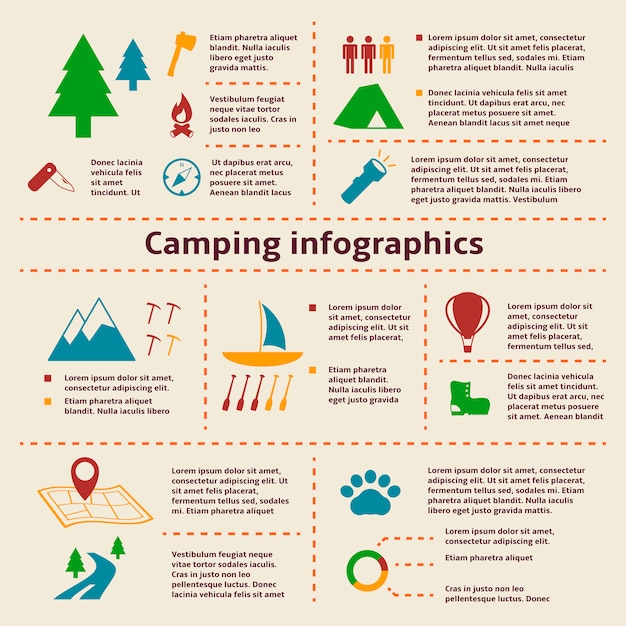A range jack is an enhanced hole in the camping tent material that securely accommodates woodstove pipelines. Nonetheless, the process of fitting an oven jack can be intimidating for newbie campers, and mistakes in setup can lead to camping tent fires or carbon monoxide gas poisoning.
The good news is, an effectively fitted and preserved stove jack is among the safest enhancements to a canvas outdoor tents, like the Roamin Home Nomad.
Placement
An oven jack is necessary to the capability and comfort of your canvas outdoor tents. Not only does it give warmth and food preparation benefit, but it likewise aids eliminate moisture from your walls to maintain your camping tent comfortable and completely dry throughout the seasons.
Remembering that they're made to prevent the fire and flue from coming into contact with the canvas, it's important to place your range jack securely. Stove jacks must be positioned as far away from the wall of your outdoor tents as possible, particularly, the area that flickers and moves one of the most.
Our modular range jacks permit you to position your departure point for the pipeline in either the roof or side wall surface of your outdoor tents, giving you full control over where you 'd like your smoke and exhaust to exit your sanctuary. Discover more about usual errors campers make when suitable their stove jacks, and just how to avoid them to safeguard on your own from camping tent fires and carbon monoxide gas poisoning.
Ventilation
A range jack offers a secure leave point for the pipe of your camping tent oven, aerating smoke from the inside of your tent. Without ventilation, hazardous gases like carbon monoxide gas can accumulate inside the tent. The jack is also developed to stop warmth sources from touching the canvas of the camping tent, shielding the structure and products from damage or fire.
Preferably, your flue need to extend at least 6 inches over the top of the outdoor tents ridge. This permits the wind to blow triggers away from your roofing system, decreasing the danger of them melting openings in the outdoor tents roof.
Ventilation likewise aids boost burning efficiency and heating capability. The products your stove and flue pipe are made of capture warm discharged by the smoke and gas, elevating their temperature level and advertising further burning. The jack after that reflects this heat right into the tent, assisting to keep the inside of the tent warm and comfortable for longer periods.
Fuel
Ensure that you are using only fire-safe woods which your stove is correctly sustained. Stay clear of overworking the stove, as this can cause overheating that could lead to fire. Additionally, store combustible items like alcohol, aerosols and gas cyndrical tubes outside the tent to stop them from creating a fire.
Oven Jacks are developed to safeguard outdoors tents from heat, and the cloth they're made from is fire resistant. Nonetheless, they are only developed to be made use of safely if they are appropriately installed and placed appropriately. Make certain that the oven pipe is aiming up and down via the hole, as any other angle can hamper appropriate air movement.
Stoves can stay hazardously hot for hours after they are utilized and can harm or fire up outdoor tents material, sleeping bags, and other individual items if positioned as well close. Keep a fire extinguisher close by and see to it every person understands where it is, in addition to how to utilize it. Furthermore, always use fireproof bed linen like tent floor coverings and systems to prevent heat from harming your bed mattress.
Snuffing out
A fire can spread rapidly, especially when embers fly into greenery or close-by structures. Constantly maintain a water container and fire extinguisher convenient in case of a fire, and never leave a rain gear campfire unattended.
If constructing a campfire, clear the area and usage marked pits. Make sure to check neighborhood camping area or public lands rules for any kind of limitations prior to producing a campfire. Avoid making use of liquid-filled heating systems, lanterns or candle lights inside outdoors tents; they can generate dangerous carbon monoxide gas. Pack a mobile carbon monoxide alarm and multipurpose fire extinguisher for included assurance.
Occasion camping tent fire safety and security compliance calls for adherence to NFPA standards and neighborhood laws, along with regular surveillance, staff training on emergency situation procedures and reliable evacuation approaches. Proper outdoor tents setup, qualified materials and electrical tools are essential elements for achieving conformity. Performing pre-event threat assessments, carrying out regular security checks and communicating emergency protocols with participants aid reduce threats and develop effective occasions that prioritize attendee wellness.
